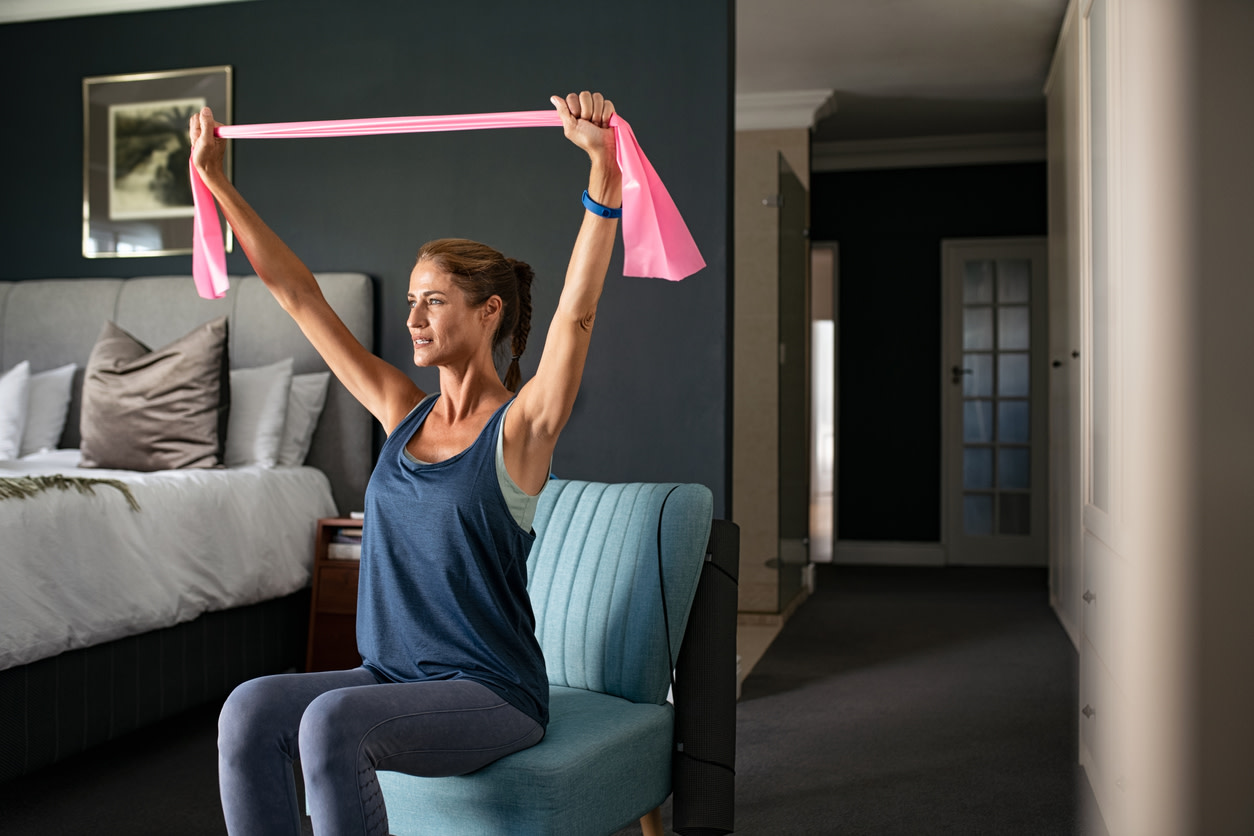Los 12 mejores ejercicios y estiramientos del manguito rotador para aliviar el dolor
Aprende a aliviar el dolor de hombro con sencillos ejercicios y estiramientos de Inicio del manguito rotador, de nuestro fisioterapeuta.
$0 costo para usted
Última actualización: May 7, 2025
El índice
Fully covered arm or shoulder pain relief
Find relief from arm pain, shoulder pain, pinched nerves, & more.
Check if I'm eligible